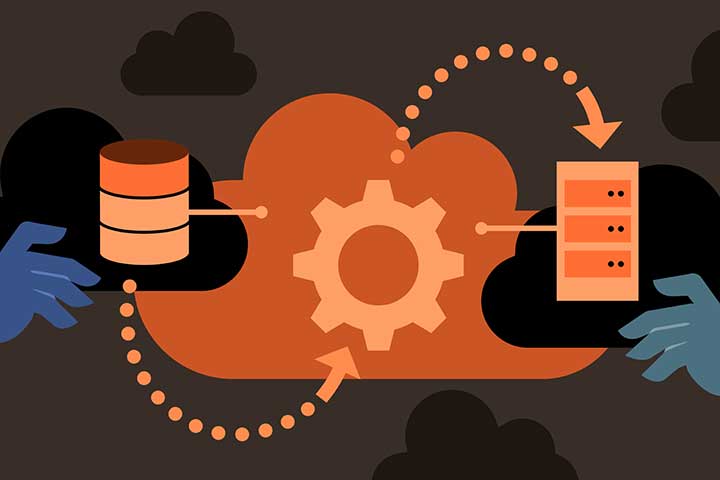Multi-cloud Integration: An Action Plan For Better Customer Experiences
In the years to come, companies that address their customers in new ways will be successful. This requires the smoothest possible interactions, upgrades, add-ons and additional offers adapted to individual preferences. In addition, more emphasis is placed on the protection and confidentiality of customer data.
The provision of these offers requires data and applications distributed across different locations, platforms and software stacks – in other words: in multi-cloud environments. According to Gartner, multi-cloud will be the dominant IT architecture in the 2020s. It promotes a new level of strategic flexibility, agility, economic optimization and access to innovations. Analysts assume that over 75% of medium-sized and large companies will have implemented a multi-cloud strategy by 2021.
What is multi-cloud integration?
Cloud computing has further increased the decentralization of companies’ applications and data. This trend will grow with the Internet of Things (IoT), 5G and edge computing. The different platforms, delivery patterns, operating models, and data and applications require an integrated multi-cloud approach.
The solution to this challenge lies in combining Integration Platform as a Service (iPaaS) and API management. This enables companies to provide the necessary networking and manage the various interfaces for integration. In addition, according to Gartner, they must address the following four areas:
- Roles (contributors): Integration specialists, ad hoc integrators, non-specialist integrators and digital integrators
- Integration areas: applications, data, B2B and processes
- Endpoints: devices in business premises, cloud, mobile devices and IoT devices
- Deployment models: cloud (possibly in multiple environments), in business premises, hybrid models (cloud and in business premises) as well as embedded in IoT devices
Proceed
There are outdated and faulty processes in all companies. Examples are:
- Existing customers and prospects have to go through complicated automated steps via telephone interactions to get answers or reach an employee. Worse still: data have to be entered more than once.
- Surprising shortage of inventory
- Errors and inconsistent availability of customer data for different applications and customer touchpoints
- Price and offer differences on various channels for the same customer or partner
- Long cycles until business results, customer trends and insights are available to decision-makers
Each of these points can affect the quality of customer experiences and improvements. As a provider of multi-cloud solutions, Rackspace Technology recommends companies analyze how IT can help alleviate or eliminate these problems by integrating applications and data along the value chain. You can gain an advantage over your competitors through a thorough understanding of the respective causes and possible solutions concerning technology and operating models.
7 steps to a better customer experience
- Determine which business process issues are preventing you from delivering great customer experiences
- Define a vision of what your customer experience should ideally look like
- Determine which IT applications, data, infrastructure elements and integration points support these processes
- Use an assessment by supporting IT to determine the technical processes required to implement this new vision
- Design a modernized IT
- Implement the changes in phases
- Use DevOps processes to drive continuous innovation
Companies address customer experience issues with these approaches and technologies, strengthening relationships with customers, partners, and other stakeholders. Because an integrated multi-cloud environment ensures satisfied customers. A focused and experienced partner supports you in setting up a corresponding, targeted, successful multi-cloud strategy.


![[pii_email_5c337b21d255f533] Error code](https://computertechweb.com/wp-content/uploads/2020/12/pii_email_5c337b21d255f533-Error-code.jpg)

